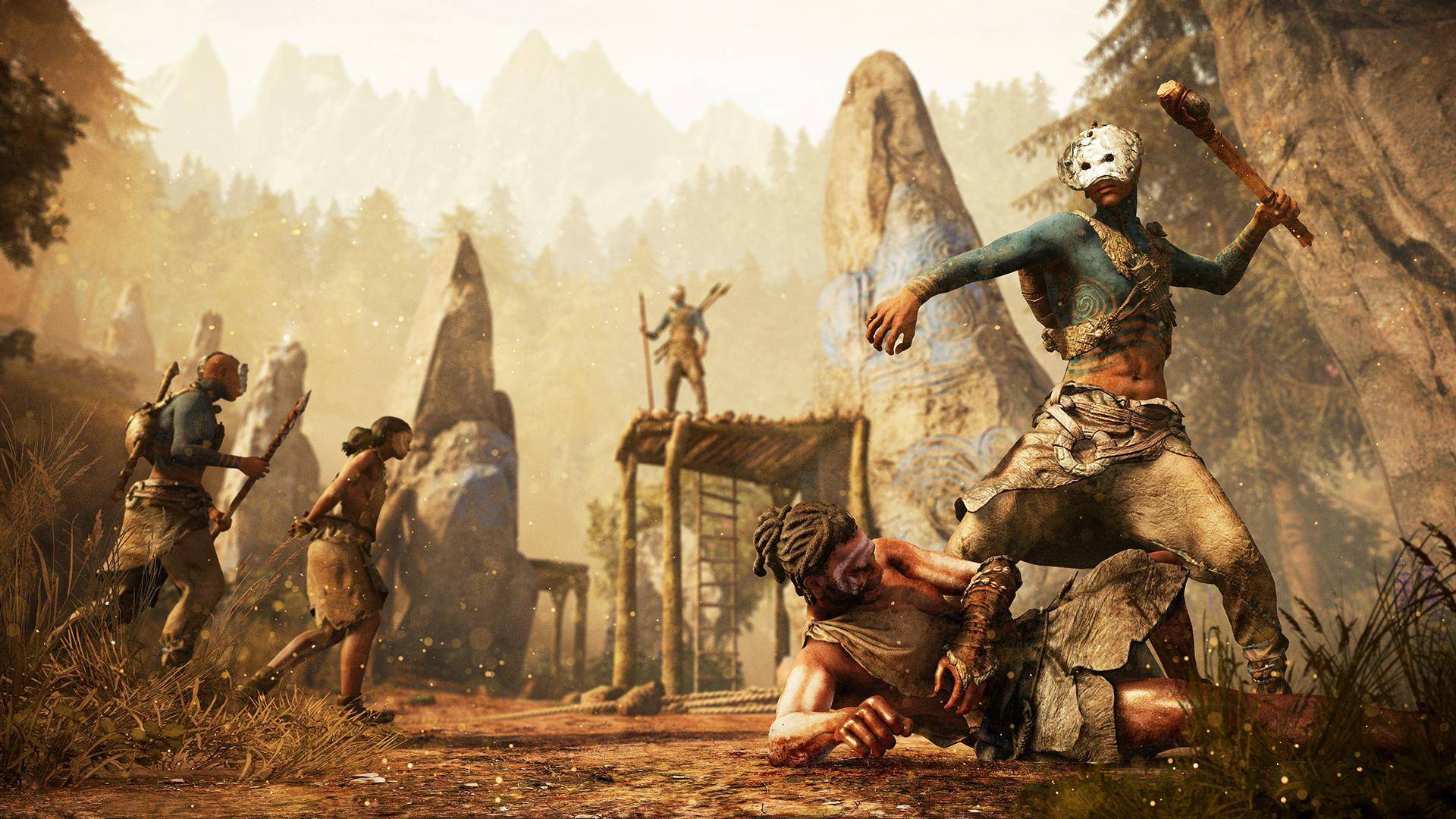
#Far cry primal pc review free#
You're given free rein to do things as your leisure, and by finding more tribesman or taking out outposts, you unlock story missions that allow you to take down the leaders of enemy tribes. You explore and slowly take out rival tribes by conquering their outposts, capturing their campfires, and doing missions for members of your tribe to increase the population of your village.

The same core mechanics are in place, but there's a more primitive spin. The cast and story exist as an excuse to kill your way across the landscape, and that's about it. There's nobody as engaging as Pagan Min or Vaas, and while there are a few amusingly over-the-top characters in true Far Cry fashion, they can't carry the title. Every character is a simple caveperson, so dialogue is exhausting to listen to, and the actors have a tough time conveying personality and subtlety under that constraint. Mu.The plot is ambitious, but it doesn't work well. That would be tested on the PC gaming wise relative towards graphics card performance with the latest AMD/NVIDIA graphics card drivers. We take a look at Far Cry Primal in our usual in-depth ways. Multiple graphics cards are bei.įar Cry Primal: PC graphics performance benchmark review
#Far cry primal pc review windows#
We check out and benchmark the PC version of Far Cry 5 (2018) for Windows relative towards graphics card performance with the latest AMD/NVIDIA graphics card drivers.

įar Cry 5 PC graphics performance benchmark review We check out and benchmark the PC version of Far Cry New Dawn (2019) for Windows relative towards graphics card performance with the latest AMD/NVIDIA graphics card drivers. We.įar Cry New Dawn PC graphics performance benchmark review Ubisoft presents Far Cry 6, and we'll test it with 40 graphics cards and technologies like the shading engine, Raytracing as well as FSR, which can be applied toGeForce graphics cards as well. Again this is 2560x1440, at 3840x2160 the Fury CFX combo would have been in the lead.įar Cry 6: PC graphics performance benchmark review In the output chart above we combined all results from the single and 2-way Multi-GPU cards. Frame pacing looks to be more uniform with SLI, albeit that is a very relative thing to say as on the Fury CFX combo you can't visually see any weirdness either. Aside from one stutter there isn't anything to get concerned about. This test run lasts roughly 30 seconds and is based on the benchmark recording. Here we use a GeForce GTX 980 Ti at 2560x1440 single & SLI. You can't really see it on screen either. Considering these are almost 2000 recorded frames this is trivial at best. We see some frame variation in latency with the Crossfire setup, this could be easily interpreted as micro-stuttering, but (aside from the first seven seconds) the frames are too far away from each other for that.

There is one visible spike for each that you can see in the recording. Let's move on-wards to frame-times (latency measurements) thoughĪbove a plotted frame-time results of the test run 2560x1440 performed with a single Radeon R9 Fury (4GB) in 2560x1440 (WQHD) both single and in Crossfire.

At Ultra HD the Radeon R9 Fury CFX obviously would be at the top. We measure at Quad HD (2560x1440) as we are tied to the DVI output connector with FCAT. At 50% you would be looking at your average framerates as measured with FCAT. Basically we take all recorded 1800 frames and place them in a relative chart towards FPS. Bear in mind that Average FPS often matters more than frametime measurements.Ībove framerates relative to percentiles. Below I'd like to run through a couple of titles with you. What these measurements show are anomalies like small glitches and stutters that you can sometimes (and please do read that well, sometimes) see on screen. Higher latency can indicate a slow framerate, and weird latency spikes indicate a stutter, jitter, twitches basically anomalies that are visible on your monitor. Frametime - Basically the time it takes to render one frame can be monitored and tagged with a number, this is latency. We have a detailed article ( read here) on the new FCAT methodology used, and it also explains why we do not use FRAPS anymore.


 0 kommentar(er)
0 kommentar(er)
